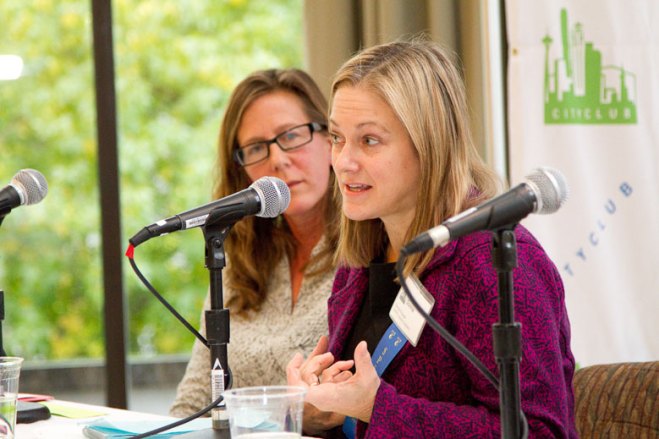This video features three recent NWABR events: Youth Ethics Summit 2011, hosted at the University of Washington Institute for Stem Cell and Regenerative Medicine, then Life Sciences Research Weekend 2010, where hundreds of biomedical researchers met thousands of students, children, and families at Pacific Science Center, and finally Student Bio Expo 2011, where high school students presented art and science projects in categories ranging from music to molecular modeling to global health.
These educational programs and more are funded by the National Institutes of Health (NIH), the National Science Foundation (NSF), our members, and contributors like you. Donate to support science outreach and education at http://nwabr.org.
